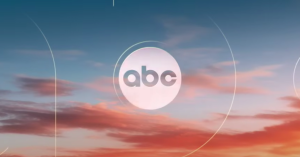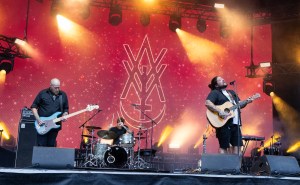Not only was the launch of the Crew Dragon space capsule successful on Saturday — the Falcon 9 rocket was recovered as well. This Falcon 9 is the first rocket to launch humans into space and then be successfully recovered for re-use. This recovery is just one more reason that this mission is historic for space flight and science in general.
The Crew Dragon completed its scheduled launch on Saturday afternoon, beginning its trip to the International Space Station, according to a report by CNN. It was propelled into space by SpaceX‘s Falcon 9 rocket, which has the company has used before to send cargo to the space station. However, this is the first time they have been used to send American astronauts up into space. Unlike the rockets used for previous American space missions, the Falcon 9s can be re-used for dozens of missions, saving on material and manufacturing costs, and protecting the environment as well.
Videos by PopCulture.com
Crew Dragon has separated from Falcon 9’s second stage and is on its way to the International Space Station with @Astro_Behnken and @AstroDoug! Autonomous docking at the @Space_Station will occur at ~10:30 a.m. EDT tomorrow, May 31 pic.twitter.com/bSZ6yZP2bD
— SpaceX (@SpaceX) May 30, 2020
The launch is a delicate and precise operation, timed for exactly 3:22 p.m. ET on Saturday afternoon. The timing takes into account the orbital dynamics of the earth, creating a flight path that would have taken the capsule straight to the International Space Station. If timing, weather or any other factor had been off, it could have sent the spacecraft careening off of its course, putting the crew in danger and making the mission a failure.
Naturally, scientists and public officials would rather be over-cautious than risk losing the astronauts on-board, so the fact that there was a delay this week is little surprise. There is also more pressure than ever for the mission to be a success, given what’s at stake and what it represents.
The Crew Dragon is the first crewed spacecraft launched by the U.S. since 2011, and the first-ever designed by a private company. NASA‘s Space Shuttle Program expired in 2011, and the agency opted to rely on Russian shuttles to get to the International Space Station while NASA itself focused on research and exploration. Seats on Russia’s craft cost NASA as much as $86 million each, however.
In 2014, NASA opted to let private companies compete for the right to build American spacecraft, hoping it would drive costs down and encourage innovation. It gave a $2.6 billion contract to SpaceX and a $4.2 billion contract to Boeing. While Boeing is still working on its “Starliner” vessel, SpaceX beat it to the punch with the Crew Dragon. The capsule is on its way to the International Space Station now.









